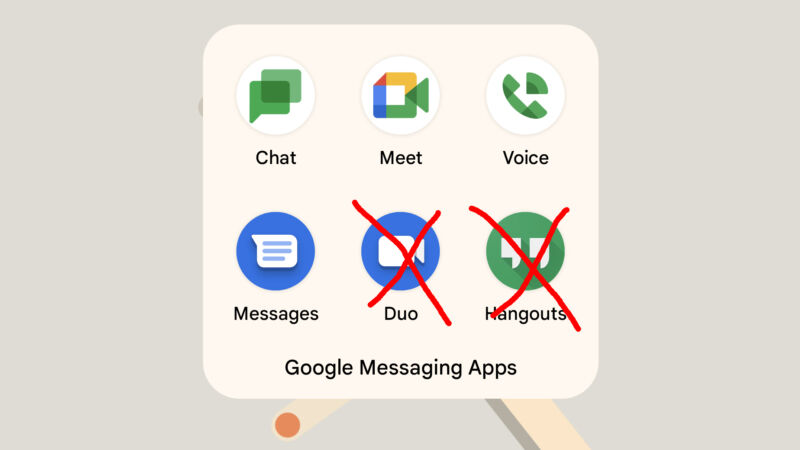
Enlarge / There’s no mistaking the BMW XM concept as anything other than a BMW. The production version of the hybrid SUV goes on sale later this year. (credit: BMW)
If Oscar Wilde was right that the only thing worse than being talked about is not being talked about, you have to hand it to BMW’s styling. Over the years, the company’s design department in Munich has probably generated enough column inches to stretch from here to the moon, as it has challenged conventional tastes time and again with its concepts and production cars.
These days, the fuss often concerns each new interpretation of BMW’s iconic kidney grilles, and we’ve seen a few: the self-healing polymer of the iX, the wide chrome bling of the X7, and the gaping void of the M3. Before that, it was the so-called “Bangle butt”—the stepped tail at the back of the fourth-generation 7 Series named for then-head designer Chris Bangle. When the model was launched in 2001 (and for years afterward), BMW fans would recoil just at its mention; today, it has become normalized and acceptable.
But the brand’s willingness to embrace left-field ideas predates this century—how else to explain the 1989 Z1 roadster, with its removable plastic body panels and doors that dropped down into their sills?












